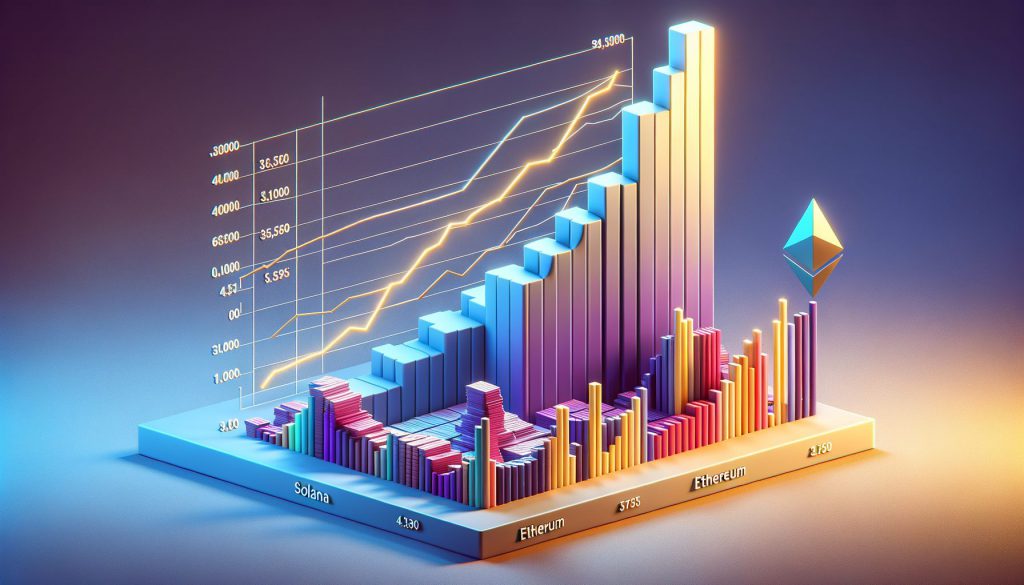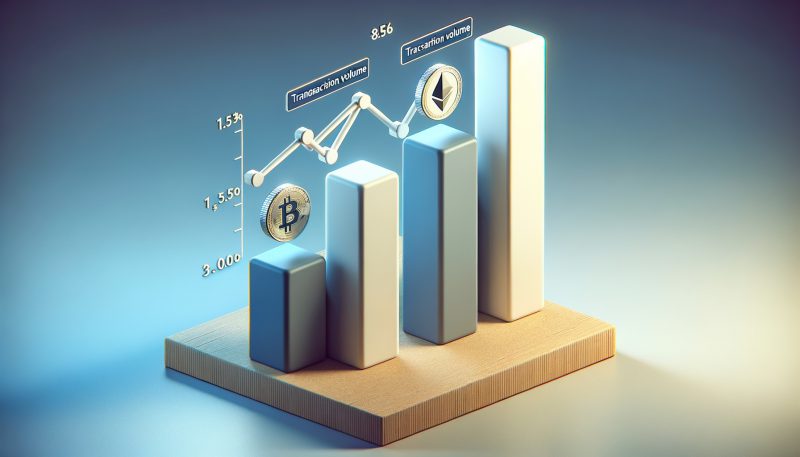Solana (SOL) has surpassed Ethereum (ETH) in monthly DEX trading volume for the first time. This change in the crypto world happens as both networks deal with centralization problems.
Also Read: Solana Weekend Price Prediction: Is SOL Heading Towards Claiming $250?
SOL vs. ETH: Volume, Centralization, and Market Impact


Solana (SOL) Performance
Solana achieved a milestone in July by beating Ethereum in monthly DEX trading volume. SOL recorded $55.876 billion, while ETH trailed at $53.868 billion. Fast transactions and low fees have attracted traders to SOL.
This change shows more people want fast, cheap trading in the crypto world, and blockchains are competing to offer this.
Ethereum (ETH) Challenges
Despite being overtaken, Ethereum maintains a strong presence. ETH’s ecosystem is larger, but scalability issues and high gas fees push some users toward SOL and other platforms.
Also Read: SEC Reset: Solana, Cardano, MATIC Cleared in Binance Case
Centralization Concerns Examined
Both Solana and Ethereum face major centralization challenges, including:
- SOL’s network outages raise questions about its stability.
- SOL’s reliance on a few validators compromises decentralization.
- Ethereum is criticized for concentrated mining power.
- Major stakeholders’ influence on ETH governance is debated.
These issues affect how people view the future of both networks. How Solana and Ethereum fix these problems will shape their growth and use in the crypto world.
Market Impact and Future Outlook
The Solana-Ethereum dynamics have several market implications:
- SOL’s price shows increased volatility.
- ETH faces pressure as traders explore alternatives.
- Developer interest in SOL is growing.
- Ethereum’s upgrades aim to address scalability.
- Both networks are investing in infrastructure improvements.
This competition will likely drive innovation across the cryptocurrency sector.
Also Read: BlackRock Exec Praises Ethereum, Says Solana ETF Will ‘Take a While’
SOL’s volume achievement is important for both SOL and ETH. Addressing centralization issues will be key to each network’s future success.





